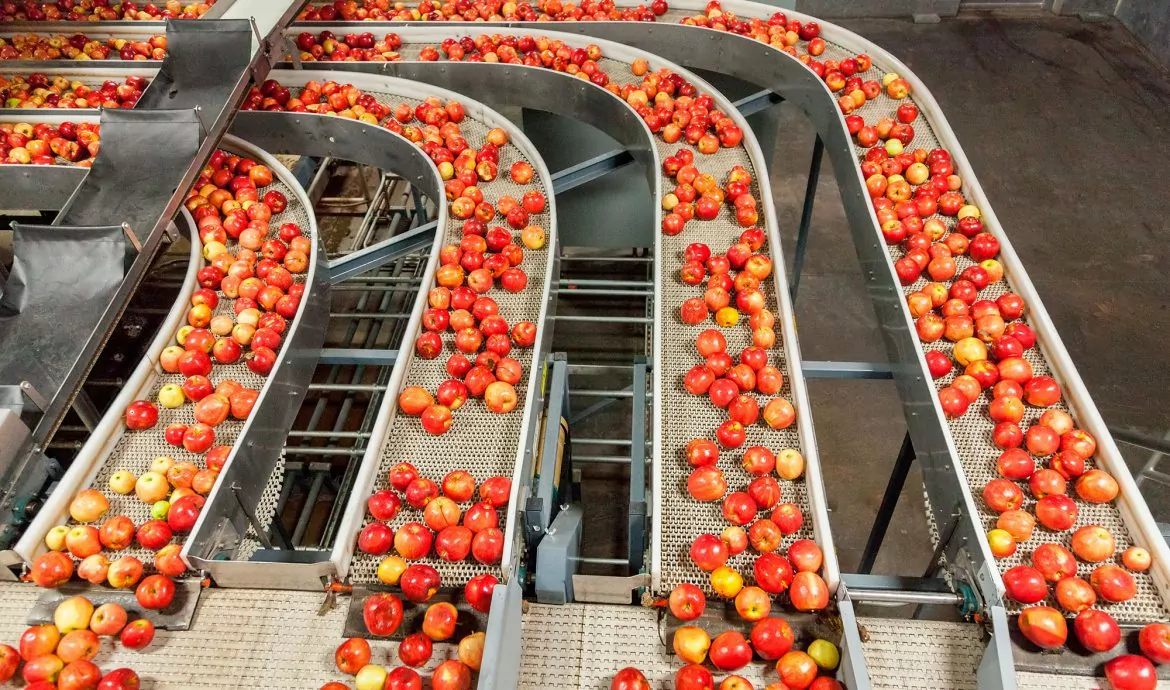Do you ever wonder what is behind the food supply chain? Well, there is more than just planting, harvesting, and distributing. Food engineering has a vital role because food engineers are responsible for processing food, so they are safe to eat and get safely to the final consumer. Fruits, for example, need to go through a process to get turned into juices, pulps, or purees, and then they are used for other purposes in the food industry.
Let’s examine what a food engineer does exactly, how these methods are applied to fruit purees, and what the benefits of these practices are.
What is food engineering?
It’s a scientific field that combines engineering principles with microbiology, chemistry, physics, among others. The ultimate goal is to guarantee efficient processing, packaging, delivery, and storage of food.
A food engineering (See also: Fruit puree) professional is hired by a food company to perform a wide range of tasks:
- Create new products.
- Find additives to prolong shelf life.
- Design packaging to protect goods from sunlight or humidity.
- Use food-processing methods for meat, vegetable, or fruit preservation.
- Design of equipment and systems.
- Research and develop products and processes.
Fruit puree processing
Fruits are processed so that they can be consumed in different forms — pieces, juice, pulp, or puree. The latter is typically used in the preparation of ice creams, yogurts, desserts, and even beer. But how does the fresh produce turn into puree? Here is the answer: processing methods can vary from fruit to fruit, but this step-by-step method sums up the general process:
1. Cleaning
The fresh fruit needs to be washed and sorted to process only a high-quality batch.
2. Milling
After careful selection, the fruit is milled and converted into pulp. This is the moment to use a sieve to remove stones or seeds.
3. Extracting
An extractor is used to eliminate any remaining seeds or skin particles, resulting in a very smooth pulp.
4. Degassing
This process takes out any excess air, protecting the fruit puree from oxidation caused by heating methods. If this is not done, the colors of the fruit can be compromised.
5. Pasteurizing
To reduce the risk of microbiological contamination, most purees go through a pasteurization process. A controlled time and temperature are required to keep the aroma, flavor, and color of the fruit. Finally, it’s filtered to make sure there are no foreign bodies within before packaging.

What are the benefits of food engineering?
Makes food edible
Some products such as wheat and corn are not consumable in their natural state. Through food engineering techniques like grinding, they can be turned into flour to make pasta, bread, and cereal.
Safety and preservation
Food processing methods remove microorganisms to extend shelf life. The most common ones are pasteurization, airtight packaging, and the use of chemical or natural preservatives.
Nutritional attributes
Methods like heating and refining can lead to the loss of vitamins and minerals. But food engineering also enhances nutrients in certain products by cutting down the fat or sugar content, or by adding vitamins.
Convenience
Packaging technologies and preservation systems make food available with little to no preparation time. They also allow fruits, vegetables, and other foods to last longer with the proper storage conditions. Now you know that processing food is crucial for consumers. Thanks to these methods, in combination with food certifications, we reduce the risks of contamination, and we keep the products in good condition for longer periods
References
COBELL. (N.D). FRUIT PUREES.
EUFIC. (2017, MARCH 20). PROCESSED FOOD: WHAT IS THE PURPOSE OF FOOD PROCESSING?
RETRIEVED FROM HERE
MCFADDEN, C. (2019, APRIL 29). WHAT DOES A FOOD ENGINEER ACTUALLY DO? INTERESTING ENGINEERING.
RETRIEVED FROM HERE



